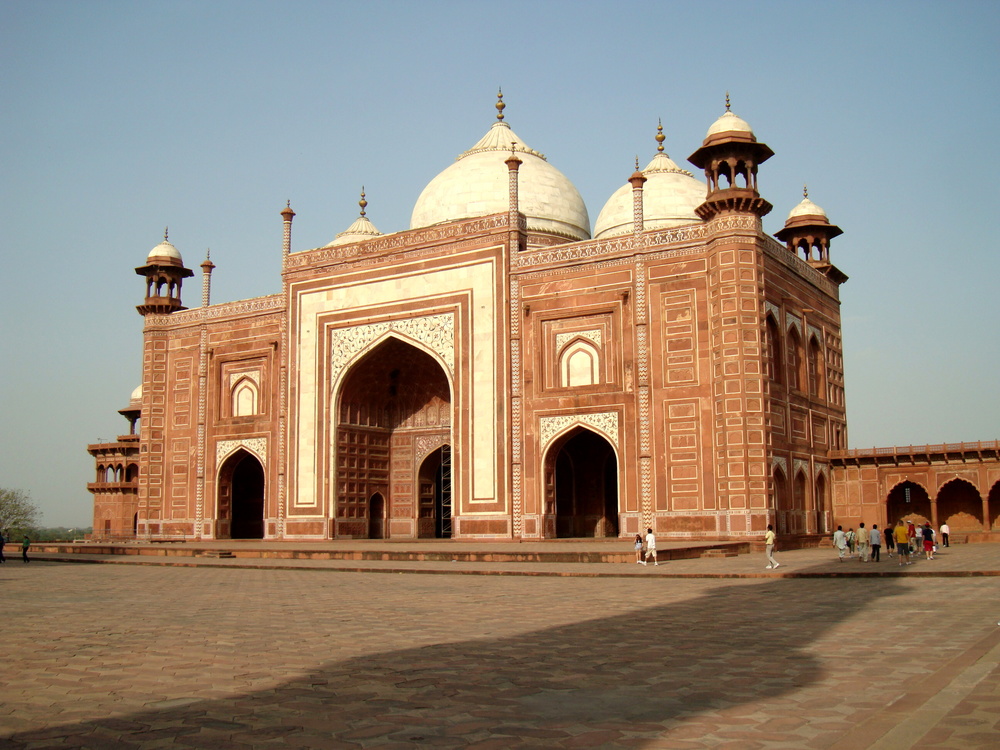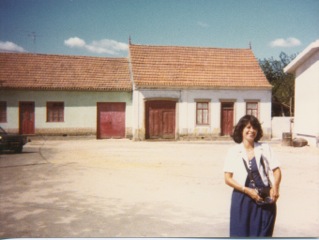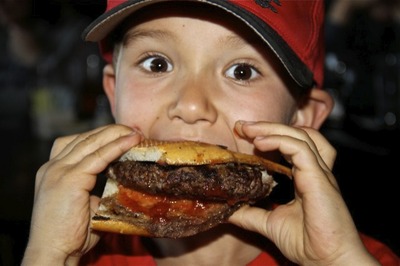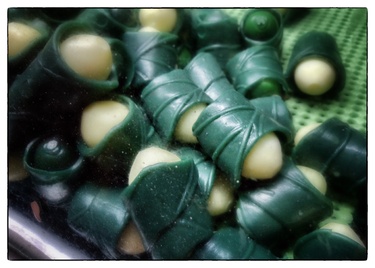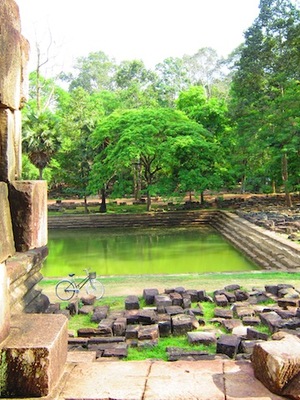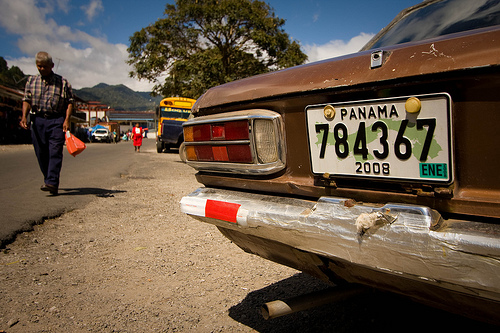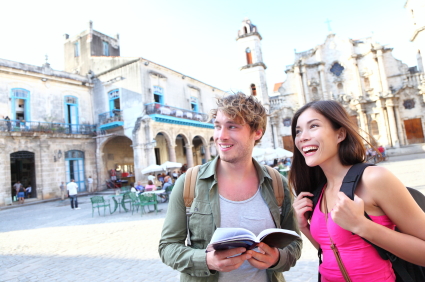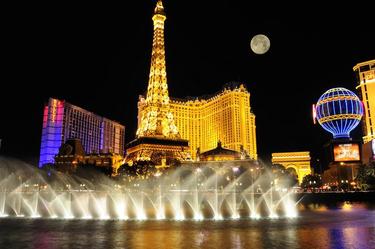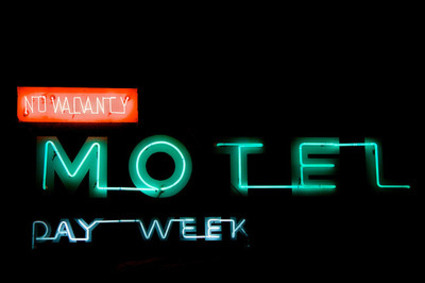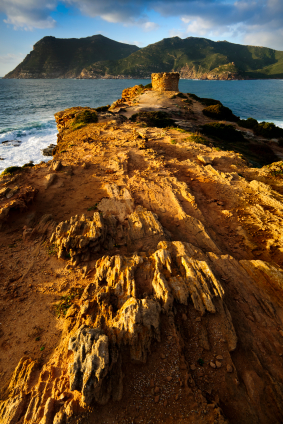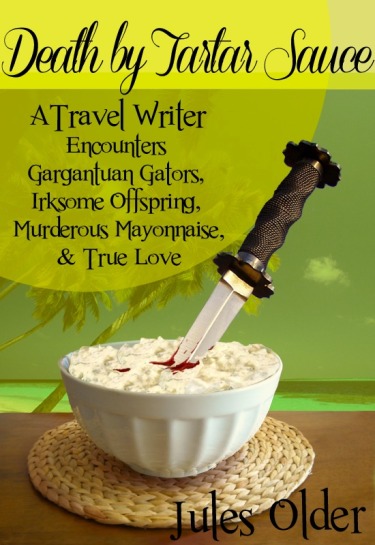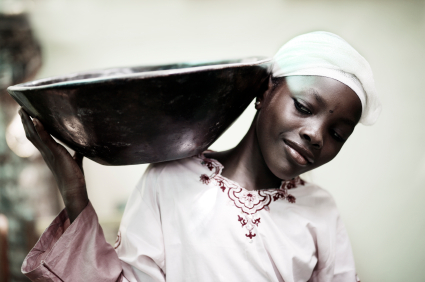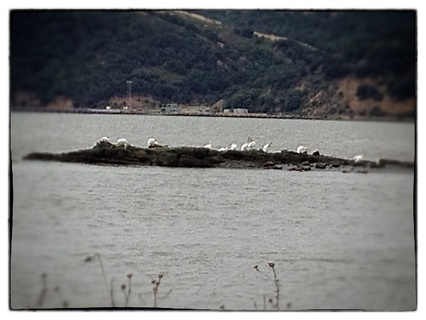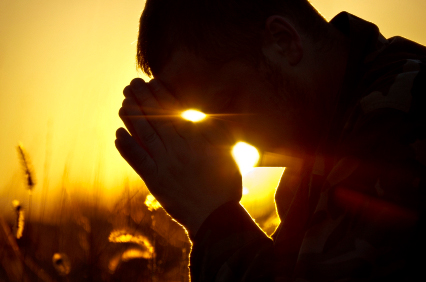by Adams Jones-Kelley
Love can make you do many things.
It can make you laugh.
It can make you cry.
It can make you build the Taj Mahal.
The epic tale surrounding the construction of the Taj has all the trappings of a Hollywood fiction – tragedy, romance, betrayal, murder – but this fable is true, and is one of history’s great tragic love stories.
The story goes that at the ripe old age of 15, Prince Khurram, who would later become Shah Jahan, fifth Emperor of the Mughal Empire, married 14-year-old Arjumand Banu Begum, and fell desperately in love. He gave his beloved the name Mumtaz Mahal (Jewel of the Palace,) and over the next seventeen years they had fourteen children, six of which survived past childhood.
The seventeenth child died during birth, taking her mother with her.
The Shah was so devastated by the death of his wife that he locked himself away for eight days with no food or water. Legend has it that during this time the image of the Taj Mahal came to him in his dreams, so he emerged from isolation, organized a board of architects, and within a year construction commenced.
